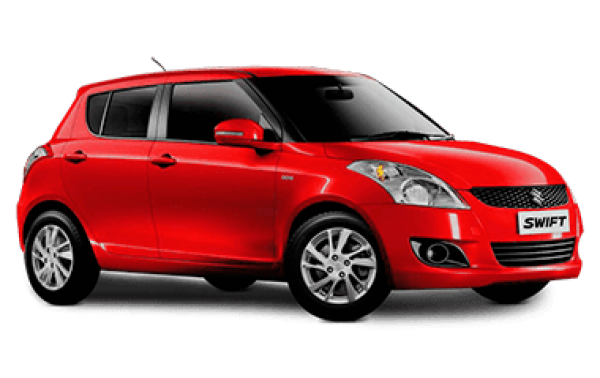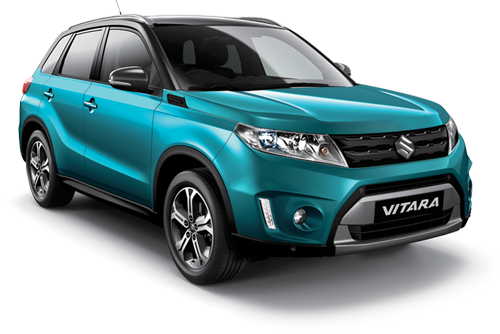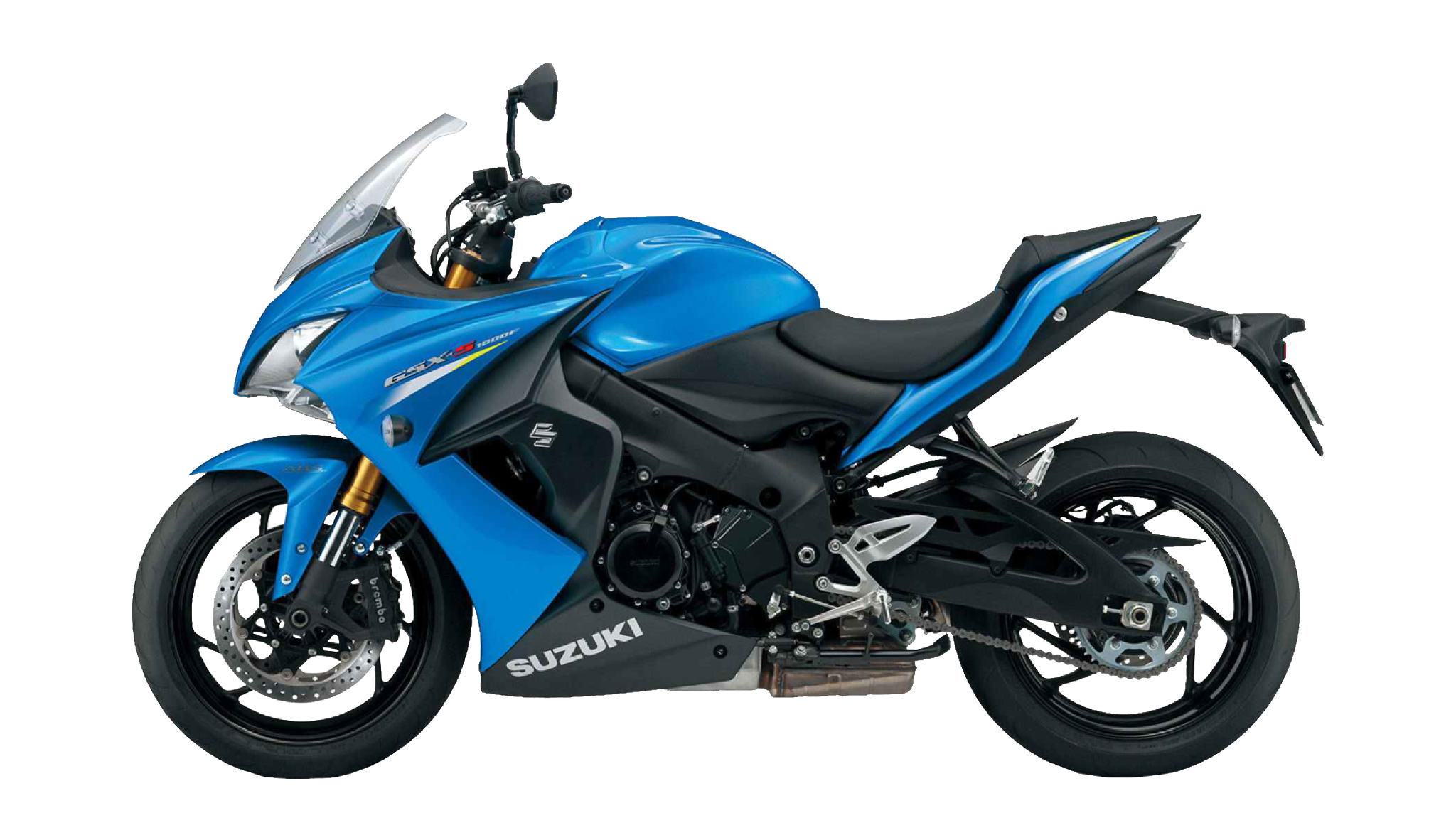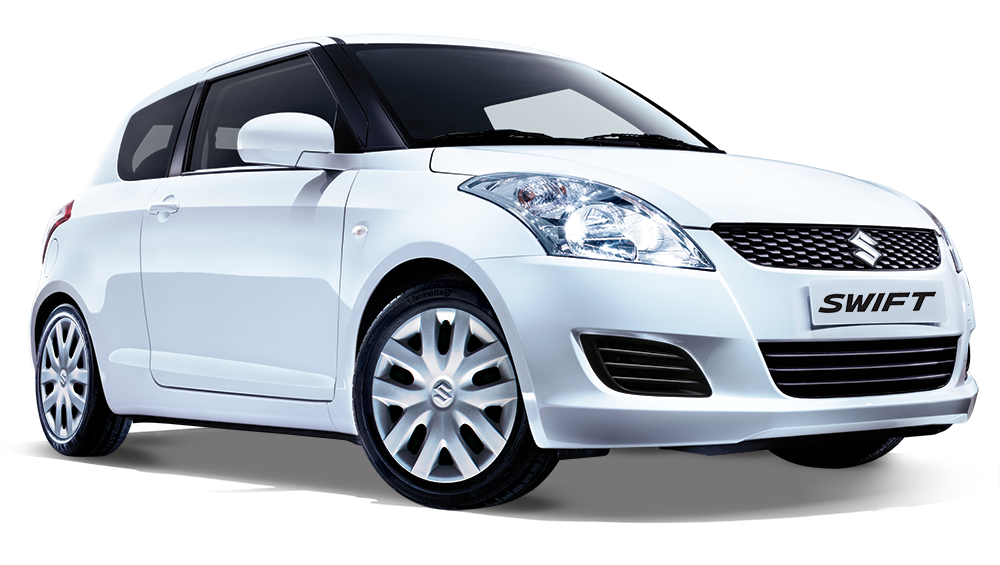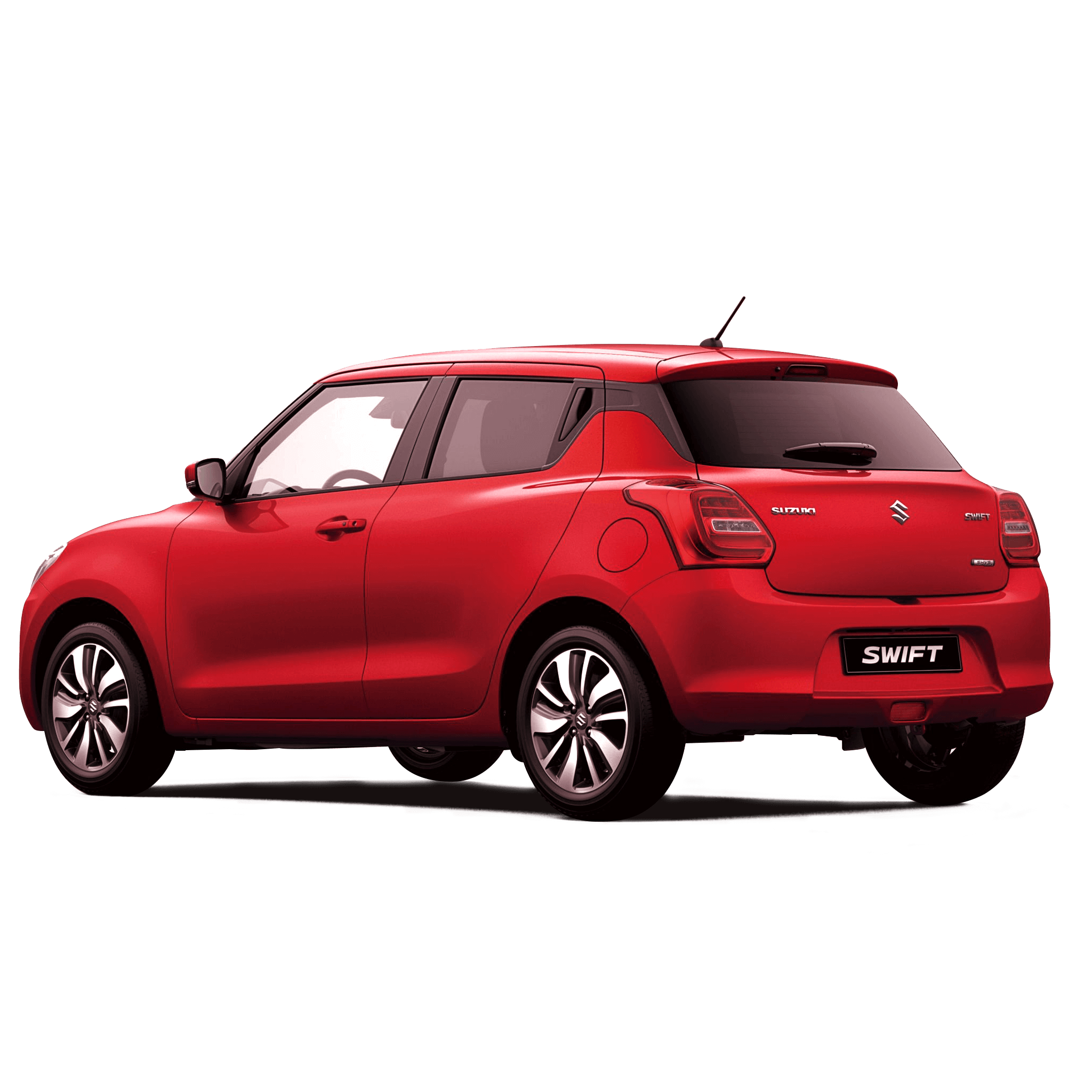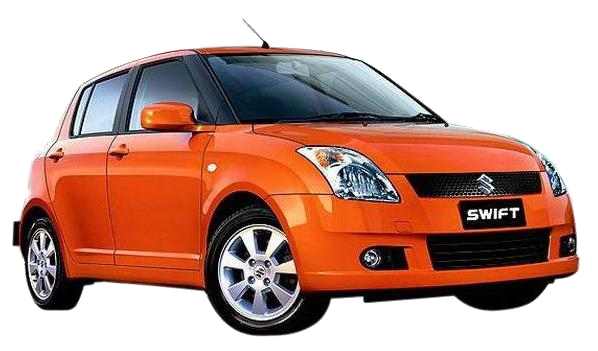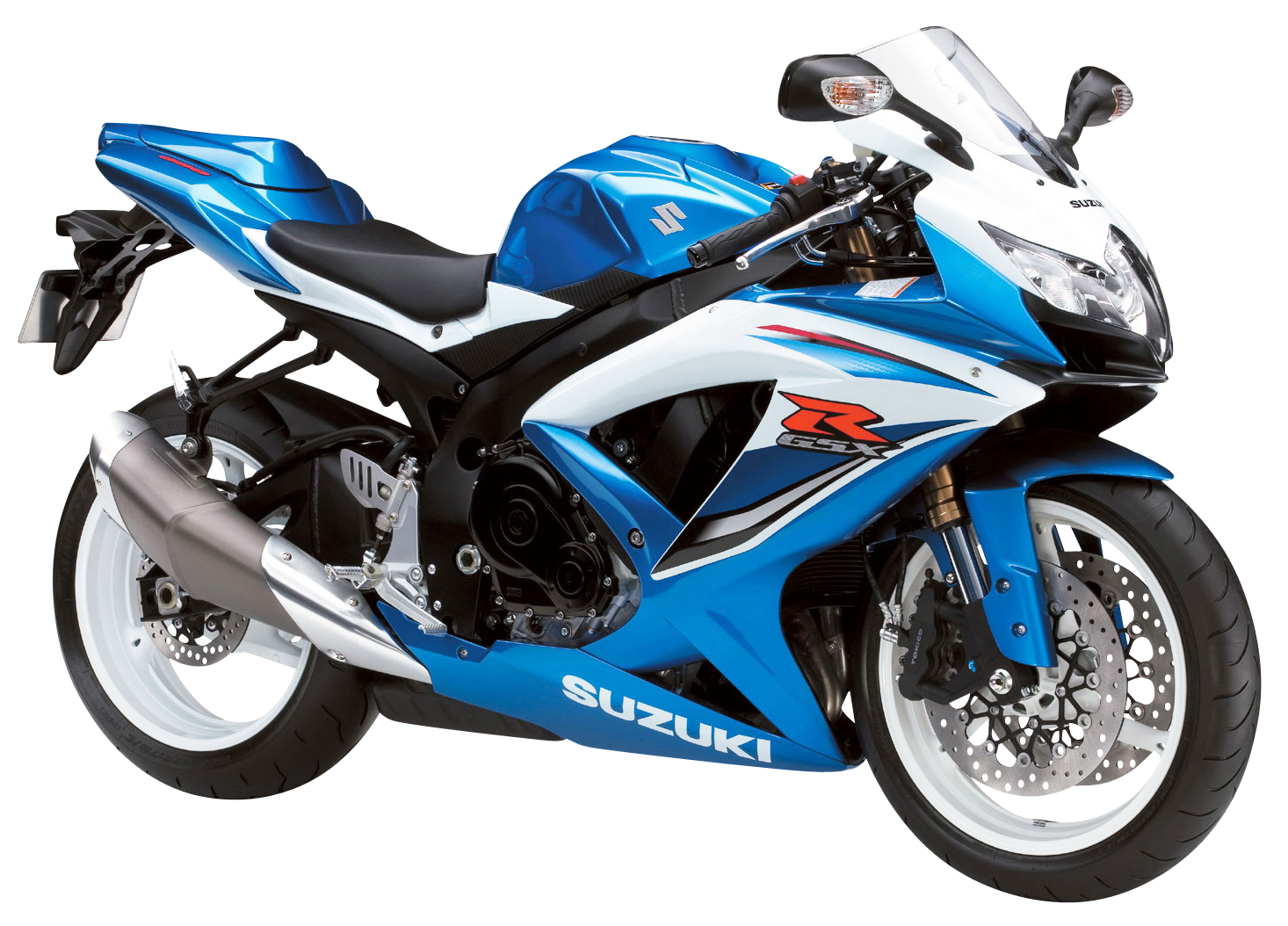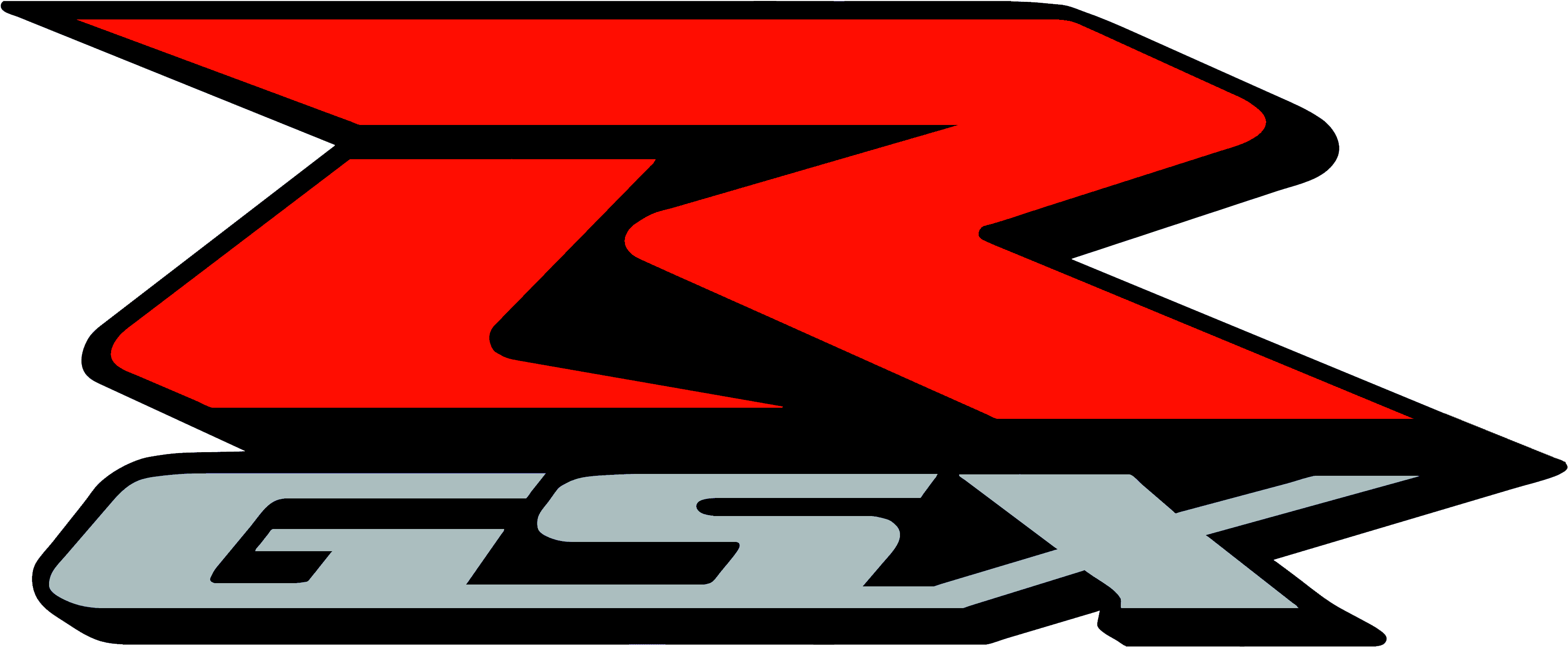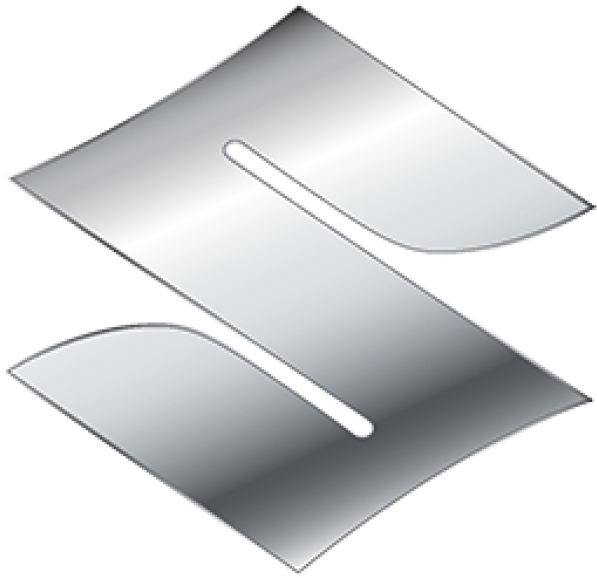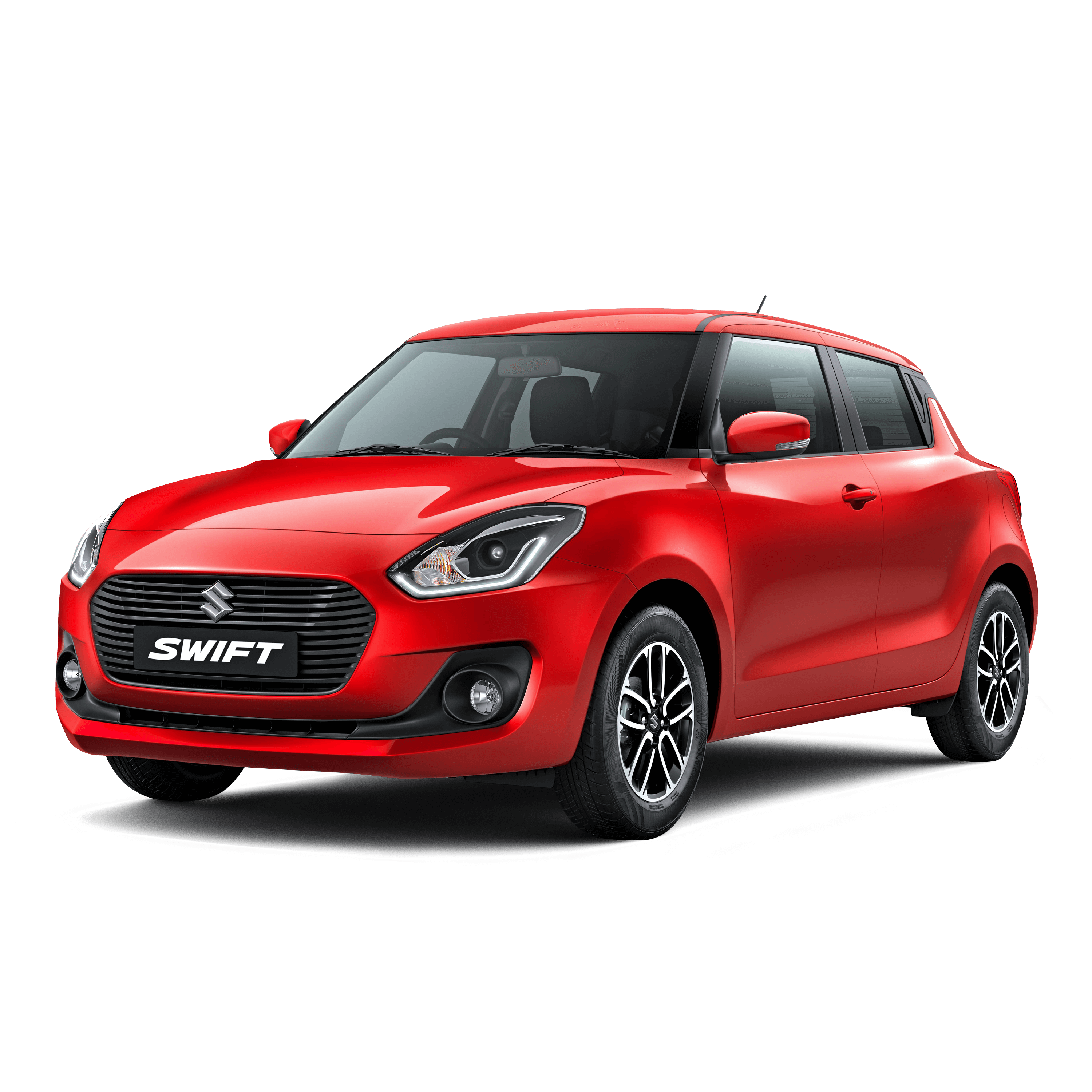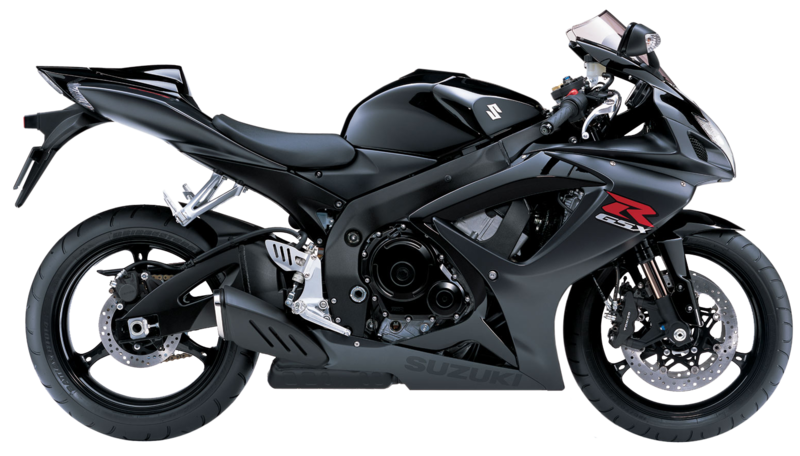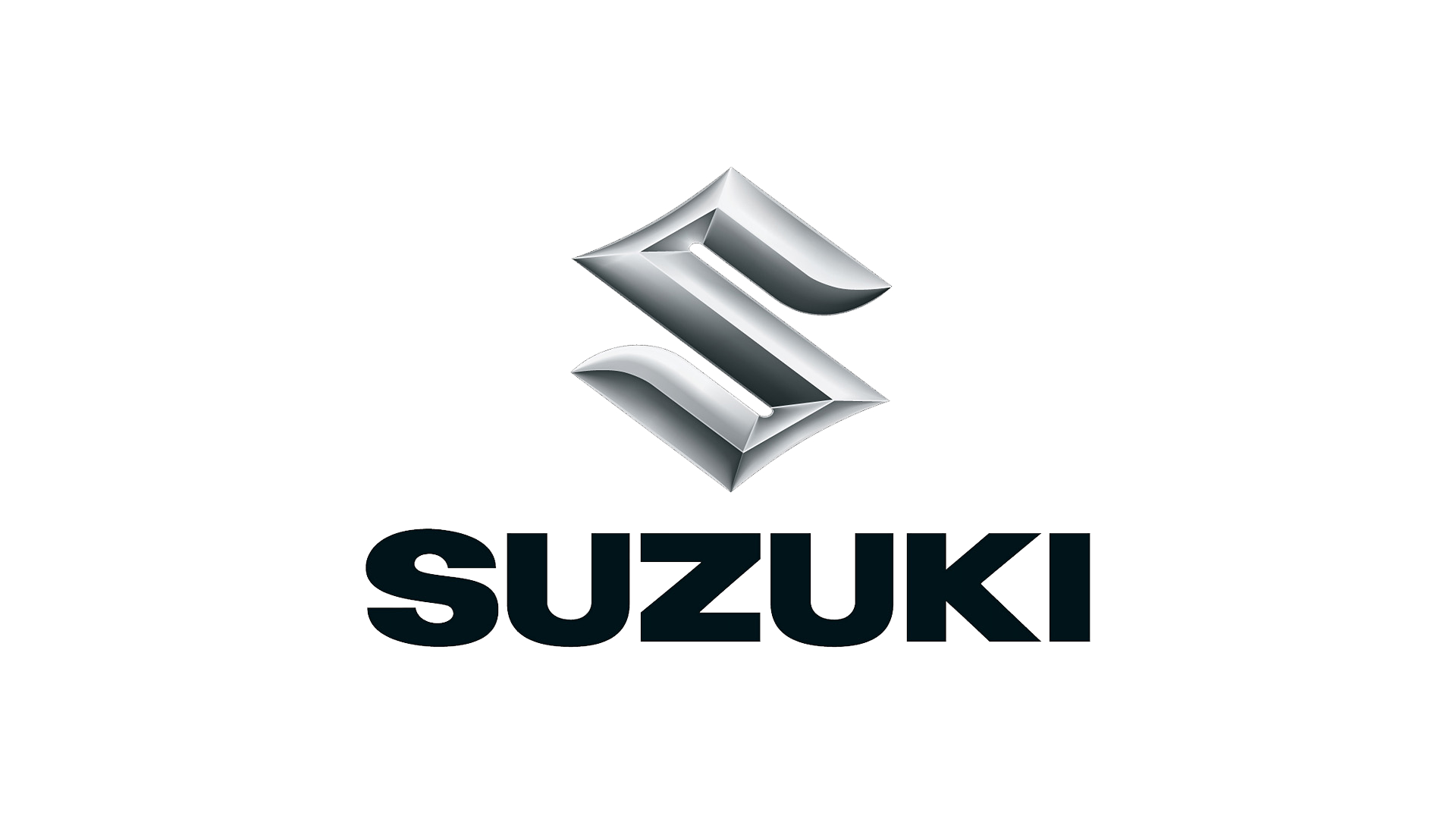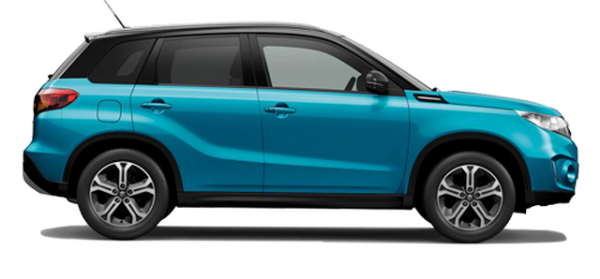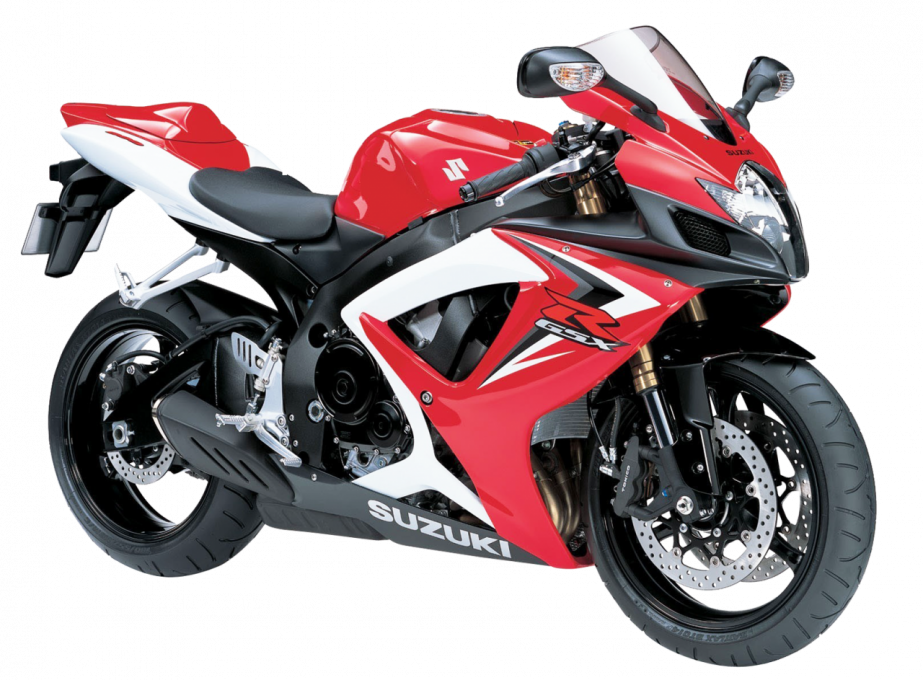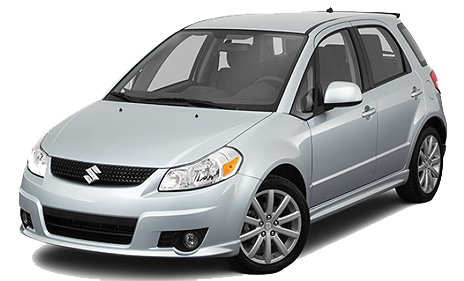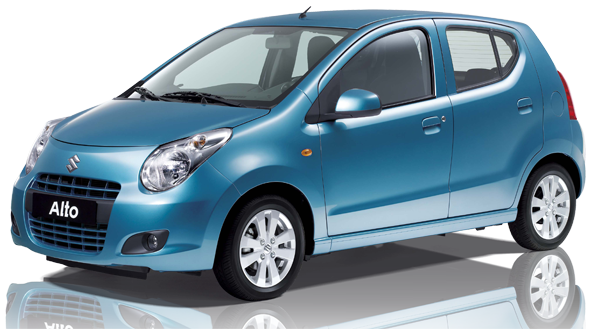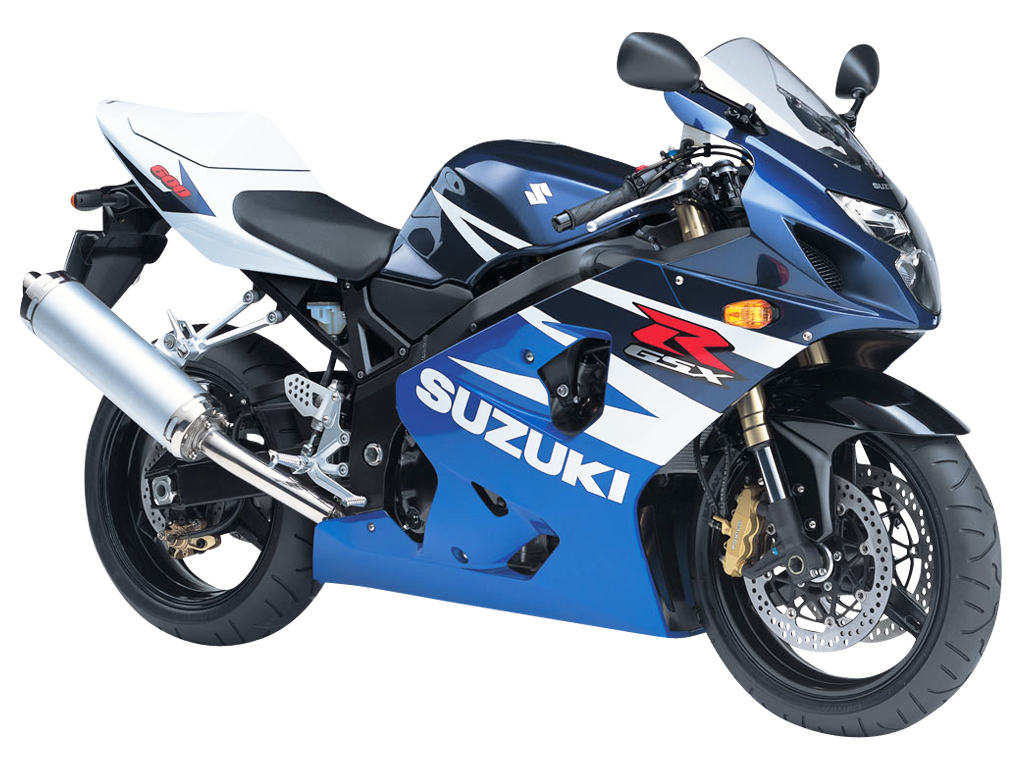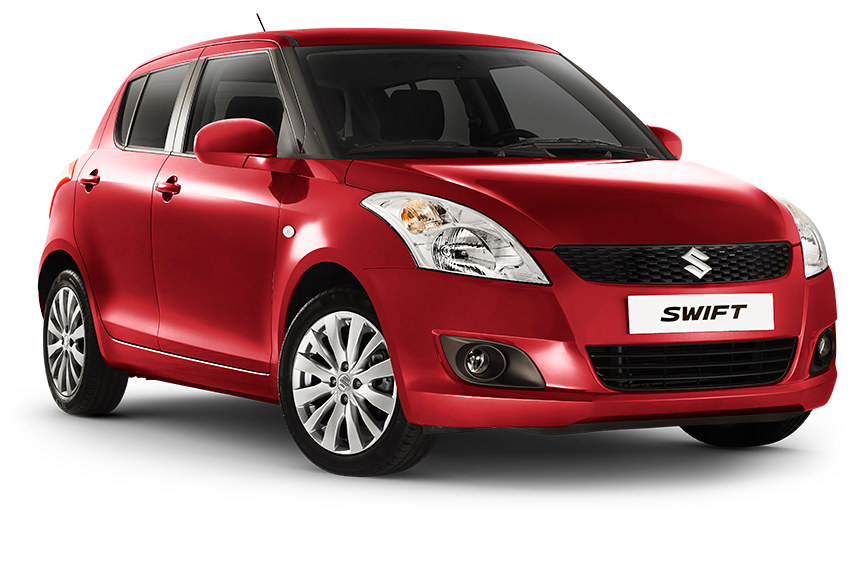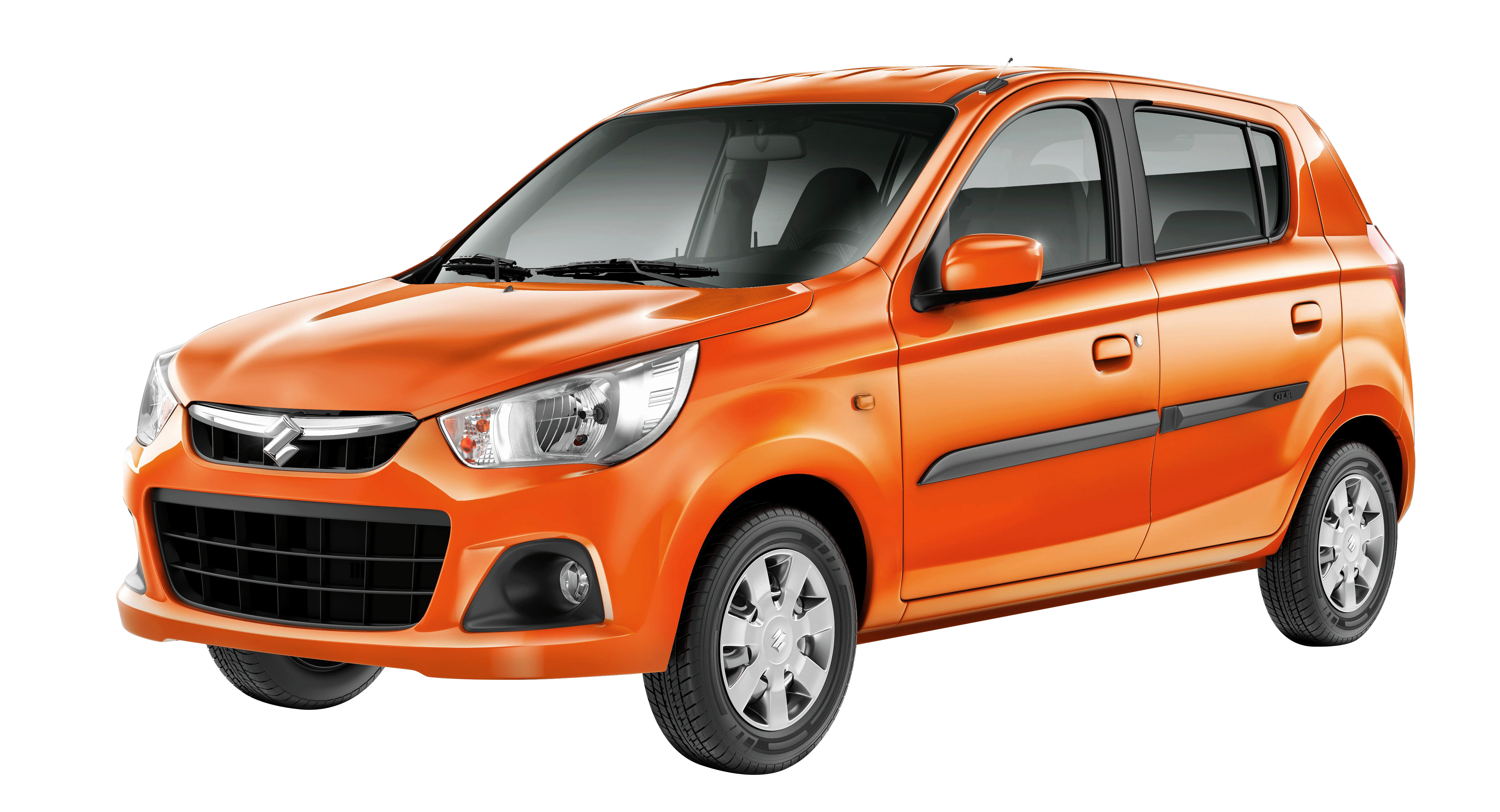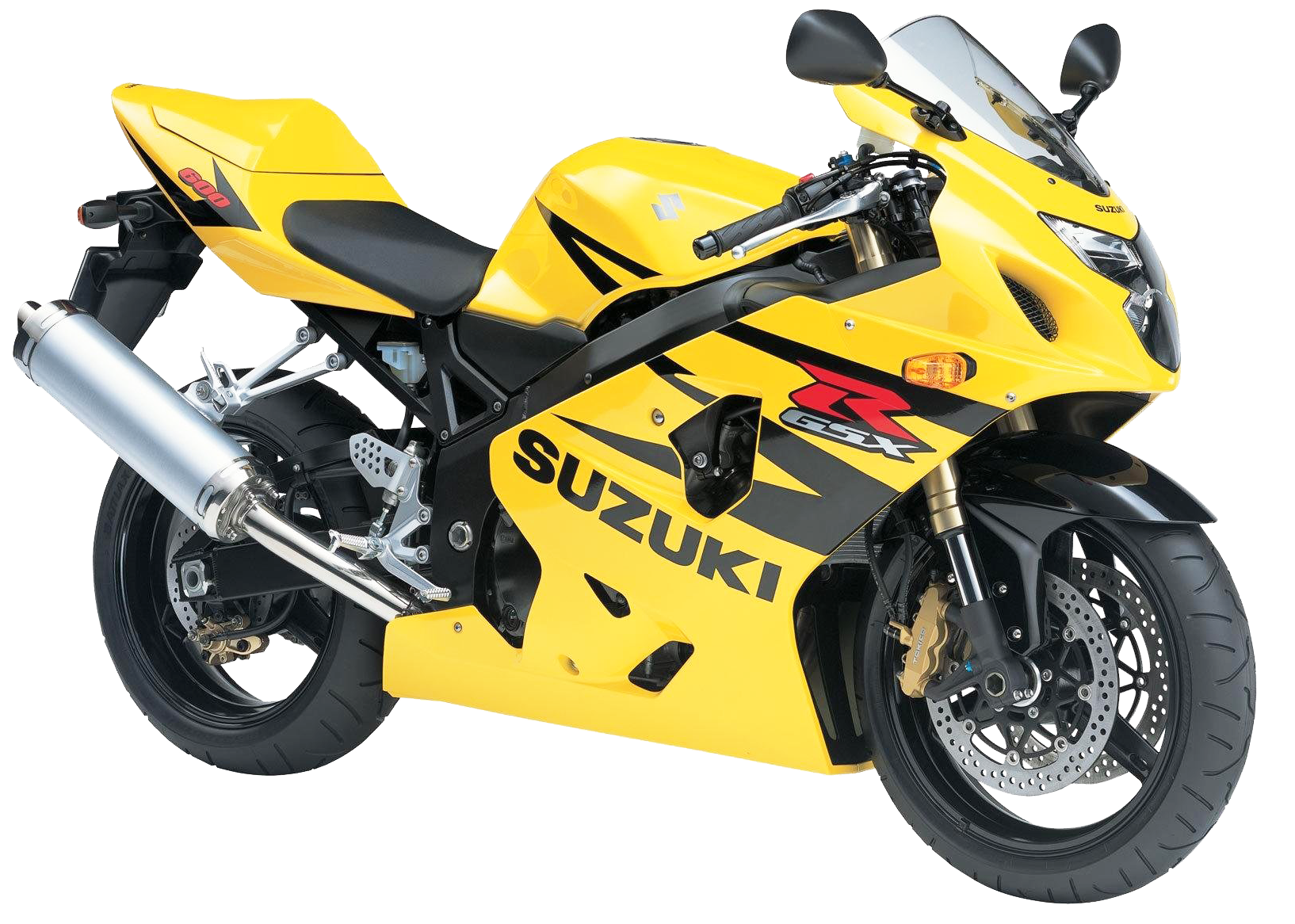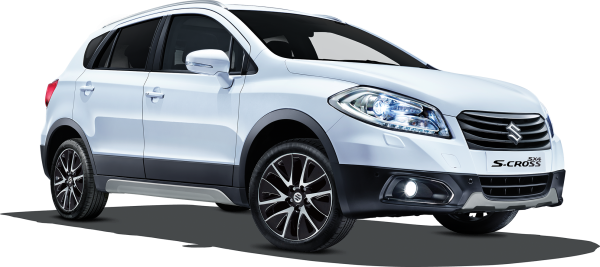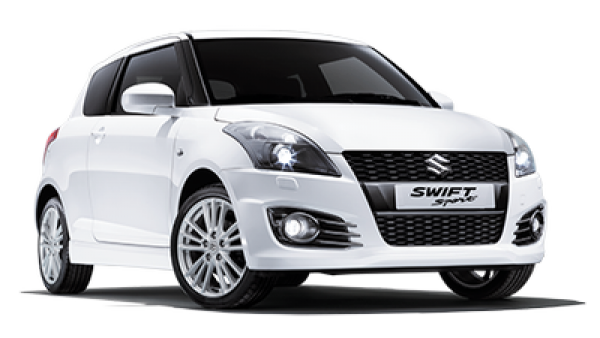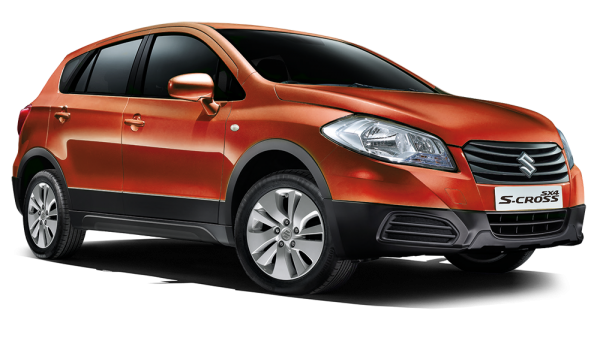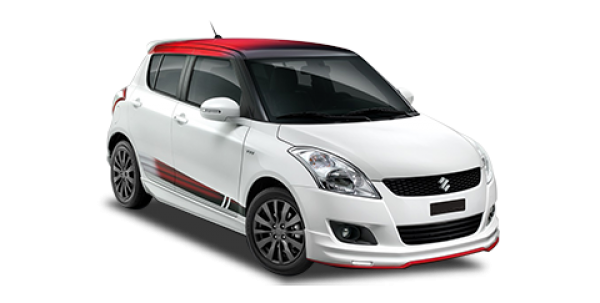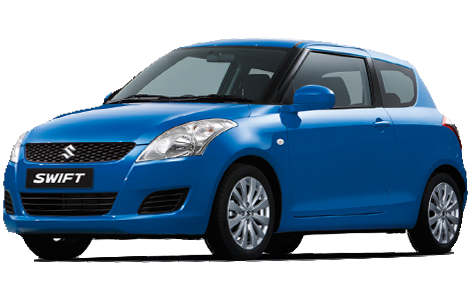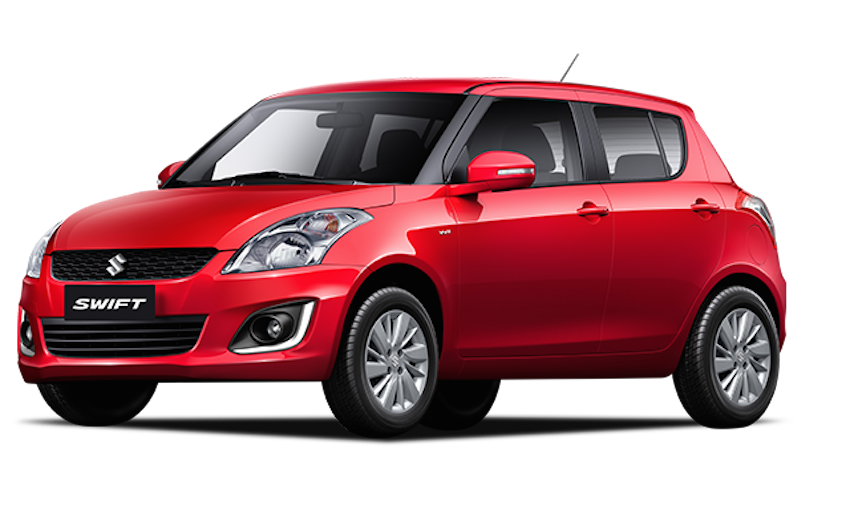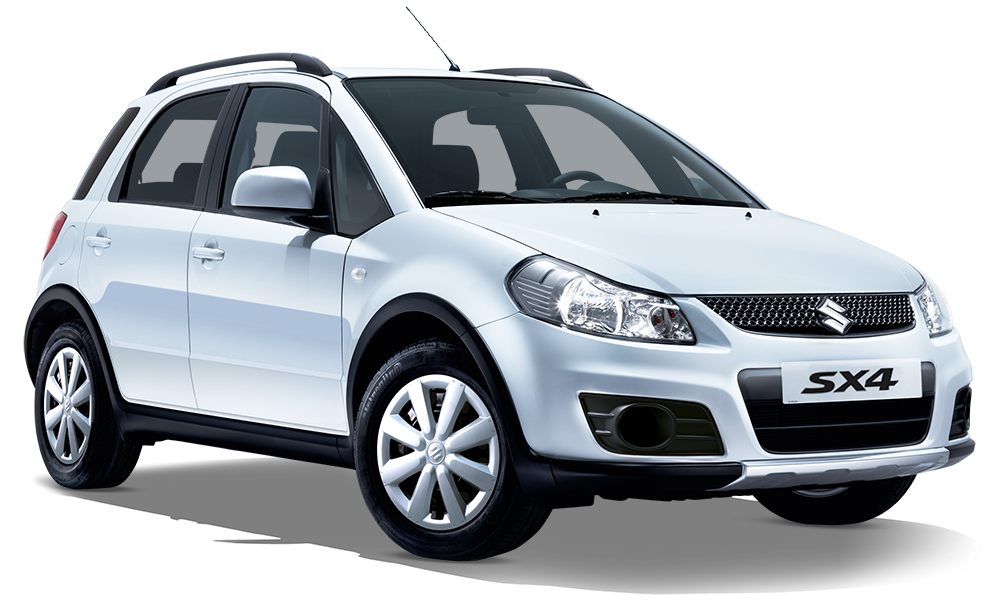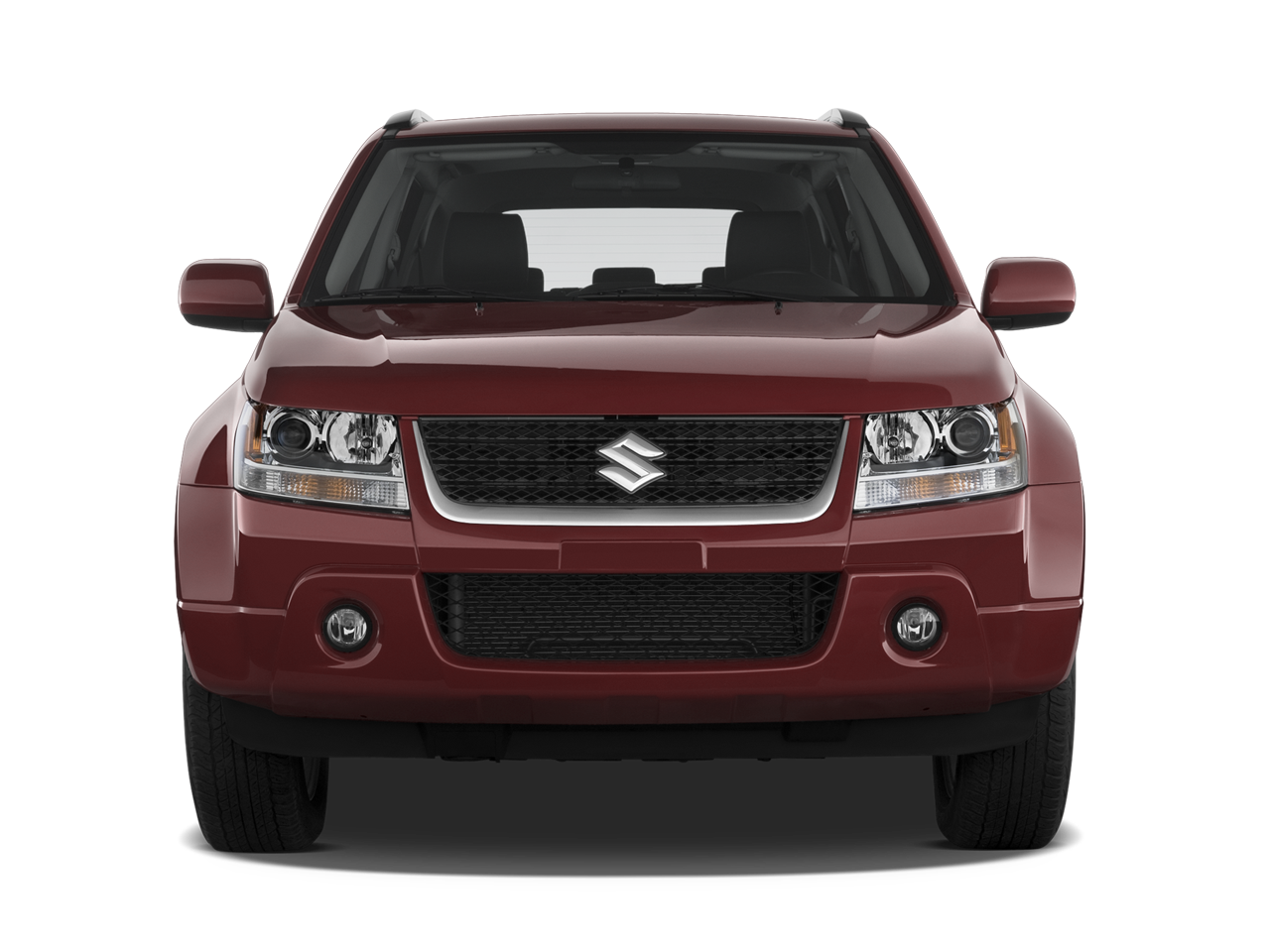Download top and best high-quality free Suzuki PNG Transparent Images backgrounds available in various sizes. To view the full PNG size resolution click on any of the below image thumbnail.
License Info: Creative Commons 4.0 BY-NC
Suzuki Motor Corporation is a Japanese multinational corporation with headquarters in Hamamatsu’s Minami-ku. Suzuki makes automobiles, four-wheel drive vehicles, motorbikes, ATVs, outboard marine engines, wheelchairs, and a range of other small internal combustion engines. Suzuki was the tenth largest carmaker in the world by output in 2016. Suzuki employs about 45,000 people and has 35 manufacturing plants in 23 countries, as well as 133 distributors in 192 countries. Automobile sales in the United States are the tenth biggest in the world, while domestic sales are the third highest in the country.
Michio Suzuki (1887″1982) established the Suzuki Loom Works in the small Japanese seaside community of Hamamatsu in 1909. Suzuki’s business soared as he manufactured weaving looms for Japan’s colossal silk industry. Michio Suzuki designed a new type of weaving machine in 1929, which then marketed to other countries. The first 30 years of the firm were spent developing and manufacturing these equipment.
Suzuki thought that diversification would assist his firm, despite the success of his looms, and he began to look at other items. He felt that developing a little automobile would be the most realistic new endeavor based on consumer demand. Suzuki began work on the project in 1937, and within two years, he had created six miniature prototype automobiles.
Suzuki’s early automobiles were powered by a liquid-cooled, four-stroke, four-cylinder engine, which was groundbreaking at the time. With a displacement of less than 800cc with a cast aluminum crankcase and gearbox, it produced 13 horsepower (9.7 kW).
When World War II broke out, the government designated civilian passenger automobiles a “non-essential commodity,” halting production plans for Suzuki’s new vehicles. Suzuki returned to weaving looms following the war’s end. The United States government permitted the export of cotton to Japan, which boosted loom output. Suzuki’s fortunes improved as local textile makers began to place more orders. The happiness was short-lived, however, since the cotton market crashed in 1951.
Suzuki resumed car manufacturing in the face of this monumental obstacle. The Japanese had a huge need for economical, dependable personal transportation after the war. A number of companies began selling gas-powered “clip-on” engines that could be fitted to a standard bicycle. Suzuki’s first two-wheeled vehicle was the “Power Free,” a bicycle with a motor. The 1952 Power Free had a 36 cc, one horsepower, two-stroke engine that was designed to be affordable and simple to construct and maintain.
The revolutionary double-sprocket gear arrangement allowed the rider to pedal with or without engine assistance, or simply disconnect the pedals and go on engine power alone. Suzuki received a financial incentive from the new democratic government’s patent office to pursue motorbike engineering development.
Download Suzuki PNG images transparent gallery.
- Suzuki Logo PNG Image
Resolution: 670 × 179
Size: 30 KB
Image Format: .png
Download
- Suzuki Car PNG HD Image
Resolution: 600 × 378
Size: 179 KB
Image Format: .png
Download
- Suzuki Car
Resolution: 500 × 334
Size: 210 KB
Image Format: .png
Download
- Suzuki PNG Photo
Resolution: 2048 × 1182
Size: 1312 KB
Image Format: .png
Download
- Suzuki PNG Cutout
Resolution: 490 × 300
Size: 129 KB
Image Format: .png
Download
- Suzuki PNG Images
Resolution: 1000 × 565
Size: 507 KB
Image Format: .png
Download
- Suzuki PNG Photos
Resolution: 623 × 250
Size: 15 KB
Image Format: .png
Download
- Suzuki Car PNG
Resolution: 2048 × 2048
Size: 403 KB
Image Format: .png
Download
- Suzuki Car PNG Cutout
Resolution: 598 × 351
Size: 286 KB
Image Format: .png
Download
- Suzuki Bike PNG Pic
Resolution: 1466 × 1054
Size: 1683 KB
Image Format: .png
Download
- Suzuki Logo PNG Clipart
Resolution: 2000 × 2000
Size: 94 KB
Image Format: .png
Download
- Suzuki Logo PNG HD Image
Resolution: 1600 × 1136
Size: 109 KB
Image Format: .png
Download
- Suzuki Transparent
Resolution: 3856 × 1900
Size: 18 KB
Image Format: .png
Download
- Suzuki Logo PNG Pic
Resolution: 1933 × 2367
Size: 97 KB
Image Format: .png
Download
- Suzuki Logo PNG Cutout
Resolution: 2400 × 2892
Size: 102 KB
Image Format: .png
Download
- Suzuki
Resolution: 3387 × 1398
Size: 47 KB
Image Format: .png
Download
- Suzuki Logo PNG
Resolution: 962 × 505
Size: 35 KB
Image Format: .png
Download
- Suzuki Logo
Resolution: 597 × 578
Size: 195 KB
Image Format: .png
Download
- Suzuki PNG Images HD
Resolution: 3000 × 3000
Size: 918 KB
Image Format: .png
Download
- Suzuki Logo PNG File
Resolution: 2191 × 572
Size: 63 KB
Image Format: .png
Download
- Suzuki Bike
Resolution: 800 × 456
Size: 417 KB
Image Format: .png
Download
- Suzuki PNG
Resolution: 1920 × 1080
Size: 218 KB
Image Format: .png
Download
- Suzuki Logo PNG Photos
Resolution: 2400 × 2400
Size: 75 KB
Image Format: .png
Download
- Suzuki Car Transparent
Resolution: 600 × 279
Size: 142 KB
Image Format: .png
Download
- Suzuki Bike PNG Image
Resolution: 923 × 680
Size: 790 KB
Image Format: .png
Download
- Suzuki PNG Clipart
Resolution: 1600 × 600
Size: 152 KB
Image Format: .png
Download
- Suzuki PNG Pic
Resolution: 777 × 348
Size: 5 KB
Image Format: .png
Download
- Suzuki Car PNG Images
Resolution: 464 × 281
Size: 146 KB
Image Format: .png
Download
- Suzuki Car PNG Photo
Resolution: 597 × 329
Size: 259 KB
Image Format: .png
Download
- Suzuki Bike PNG
Resolution: 1024 × 768
Size: 843 KB
Image Format: .png
Download
- Suzuki PNG Image HD
Resolution: 868 × 565
Size: 500 KB
Image Format: .png
Download
- Suzuki PNG File
Resolution: 822 × 340
Size: 31 KB
Image Format: .png
Download
- Suzuki PNG Image
Resolution: 5242 × 2839
Size: 3125 KB
Image Format: .png
Download
- Suzuki Bike PNG File
Resolution: 1634 × 1166
Size: 1949 KB
Image Format: .png
Download
- Suzuki Logo PNG Picture
Resolution: 1600 × 1136
Size: 27 KB
Image Format: .png
Download
- Suzuki PNG Picture
Resolution: 600 × 362
Size: 162 KB
Image Format: .png
Download
- Suzuki Car PNG Picture
Resolution: 600 × 267
Size: 170 KB
Image Format: .png
Download
- Suzuki PNG HD Image
Resolution: 600 × 338
Size: 192 KB
Image Format: .png
Download
- Suzuki Car PNG Image HD
Resolution: 600 × 338
Size: 214 KB
Image Format: .png
Download
- Suzuki Car PNG Clipart
Resolution: 600 × 303
Size: 126 KB
Image Format: .png
Download
- Suzuki No Background
Resolution: 600 × 450
Size: 171 KB
Image Format: .png
Download
- Suzuki Car PNG Photos
Resolution: 470 × 299
Size: 185 KB
Image Format: .png
Download
- Suzuki Car PNG File
Resolution: 850 × 505
Size: 299 KB
Image Format: .png
Download
- Suzuki Logo PNG Photo
Resolution: 641 × 195
Size: 49 KB
Image Format: .png
Download
- Suzuki Car PNG Image
Resolution: 1000 × 614
Size: 585 KB
Image Format: .png
Download
- Suzuki Car PNG Pic
Resolution: 1280 × 960
Size: 661 KB
Image Format: .png
Download
- Suzuki Logo Transparent
Resolution: 2400 × 2400
Size: 92 KB
Image Format: .png
Download
- Suzuki Logo PNG Images
Resolution: 2788 × 1246
Size: 98 KB
Image Format: .png
Download

